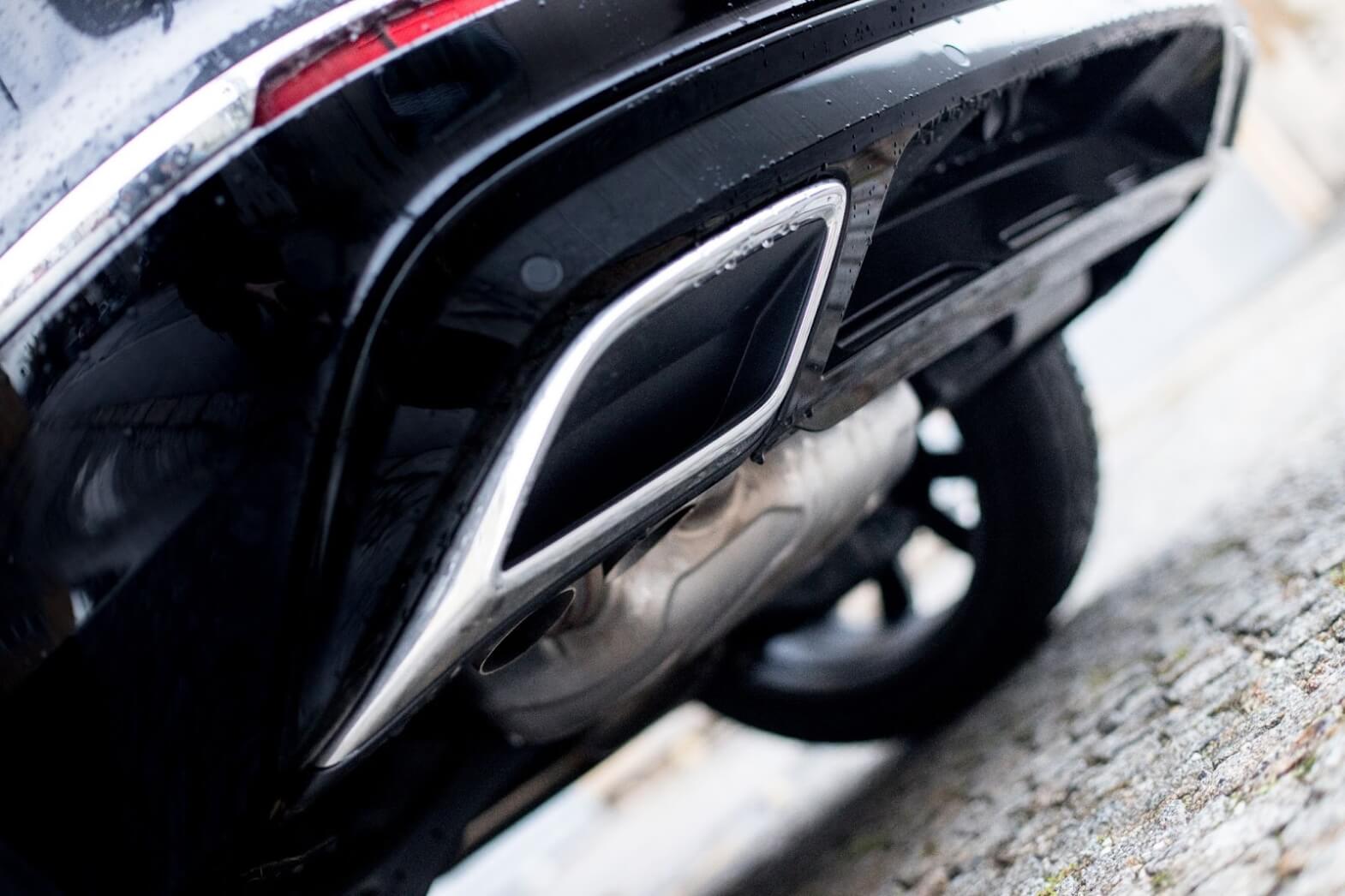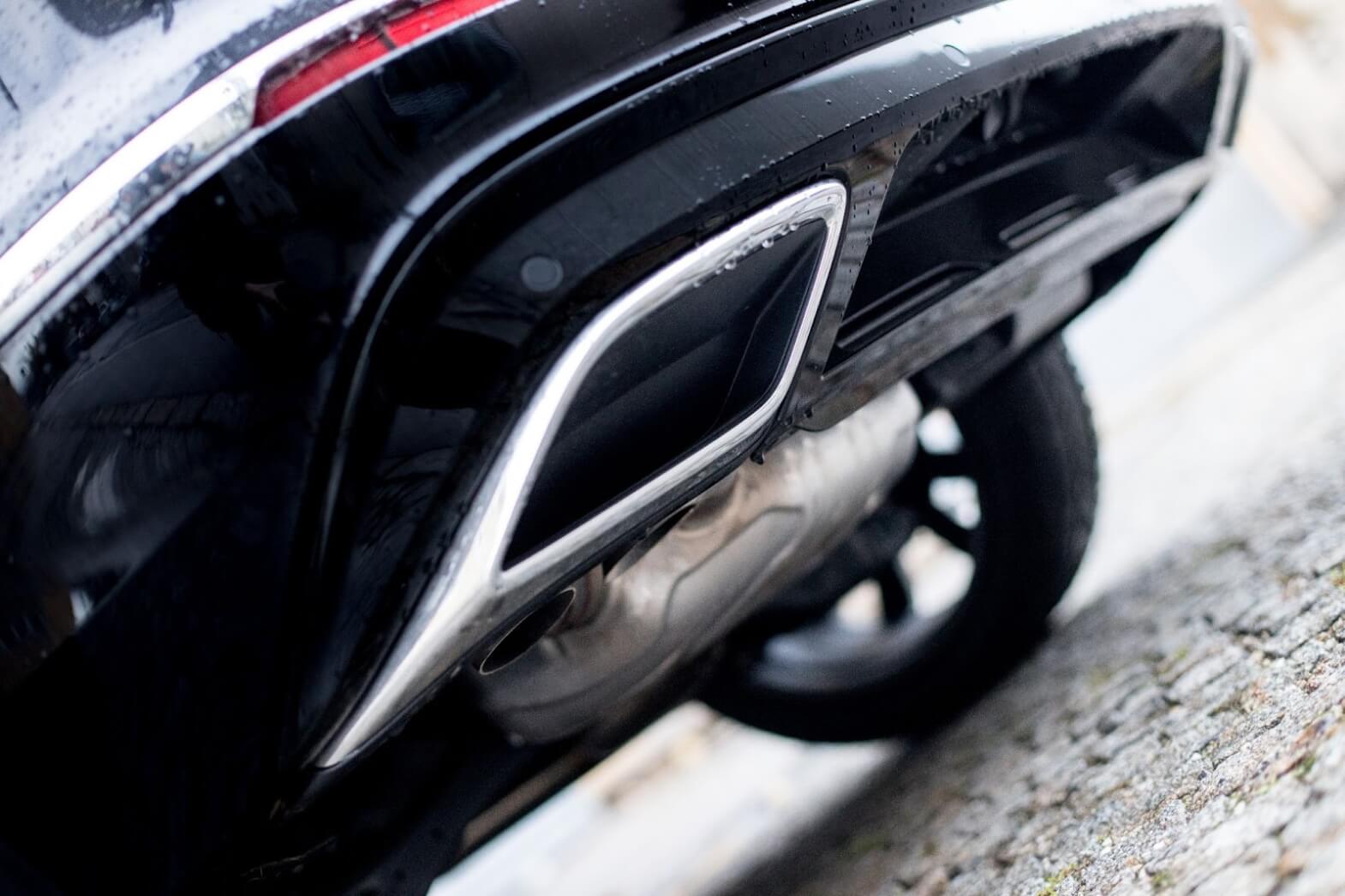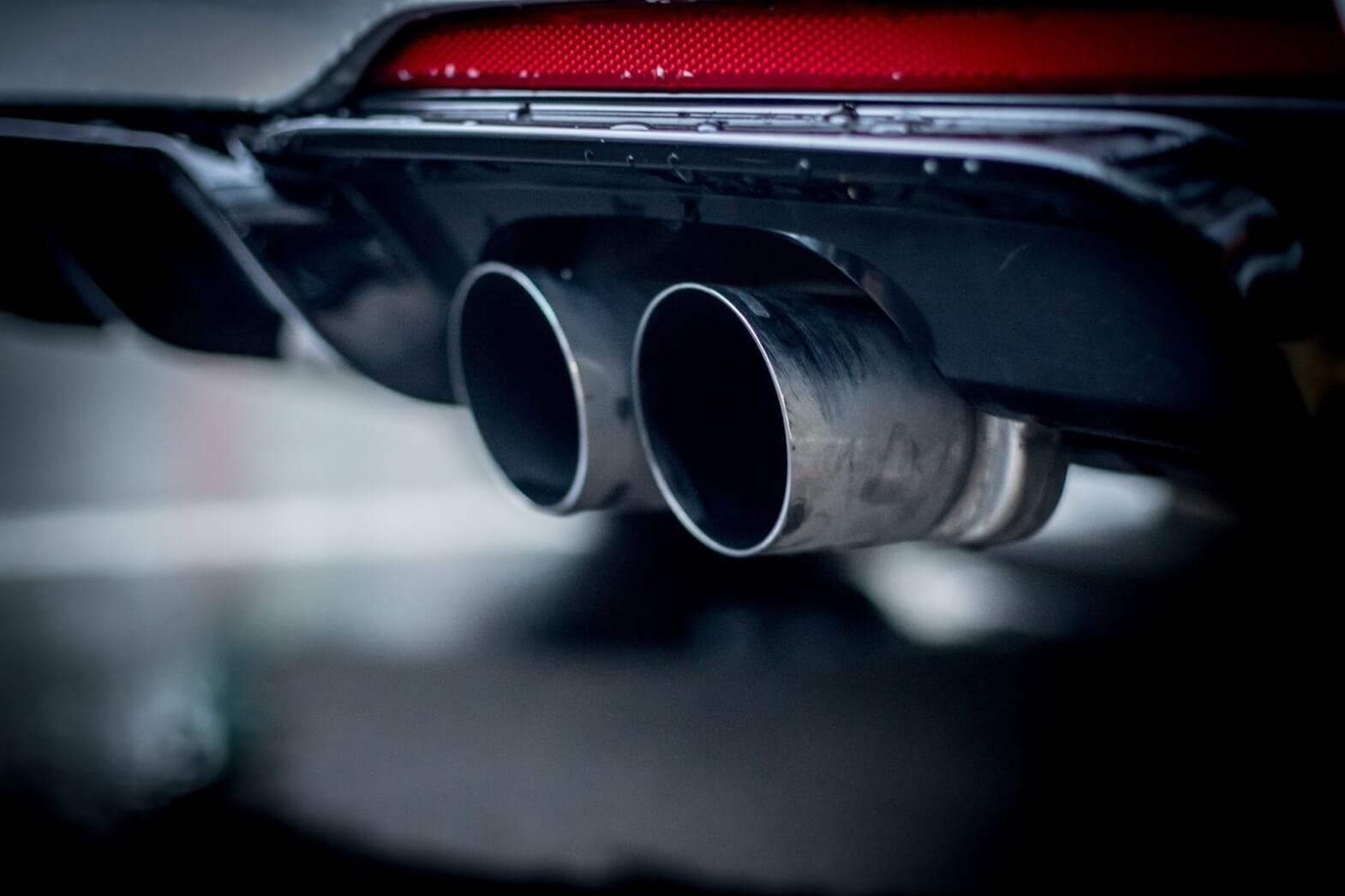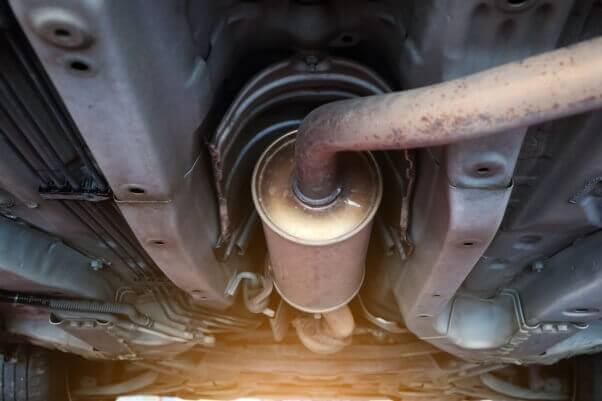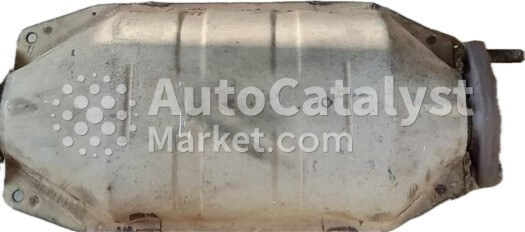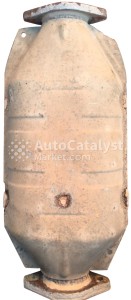Mitsubishi Sigma Catalytic Converters Scrap Prices (2 results)
What to do with the old catalytic converter?
The catalyst is exactly the part that is a filter with which millions of cars do not emit harmful exhaust into the fresh air. And many people mistakenly believe that if their used catalytic converter fails, it will be unable to do them any good, and simply throws them away. But the fact is that inside the catalyst there is a huge amount of valuable materials that are very much appreciated by people in the markets. For example, materials such as palladium or rhodium are very expensive, and they form the catalytic converter scrap price. So firstly, to qualitatively evaluate your catalyst, need to find out what the catalytic converter price is on the world markets. Also, do not forget that there are a lot of companies that are engaged in catalytic converter recycling, with their help you can recycle your catalyst. Many people are given a catalyst by data companies recycling their catalysts, and after refining they are given the materials that are inside the catalyst. After that, these materials can be profitably sold in all markets of the world.
How to calculate the Mitsubishi Sigma catalytic converter scrap price
To calculate the catalytic converter value, need to devote a huge amount of time to this. Even experienced catalytic converter buyers can spend weeks calculating the cost of their catalytic converter. The thing is that there are a huge number of factors that should be taken into account when calculating the cost of a catalyst. For example, if you take the fact about the size of the catalyst, then a beginner may think that this fact is not important at all, but it is just the opposite. The larger the catalyst, the more valuable materials will be internal to it, thereby increasing the profit. The condition of the catalyst can be attributed to the same factors, because if during operation the car got into an accident and the catalyst was badly damaged, then its cost could fall significantly. It is also worth paying attention to what type of catalyst, because if you buy the wrong type of catalyst and install it in a car, then it may simply not work with this catalyst as it should. In rare cases, the car may even break down because a likely catalyst was installed. So when buying or selling a catalyst, pay attention to the smallest details, at first they may seem unimportant, but in the end, they can be critical.
What are the known new models of catalysts?
It is worth mentioning that in our time there are a huge number of catalysts that are created every day, but the fact that there are only three types of catalysts is a fact. The first catalyst is ceramic, the second is metal, and the last is metal, these three types are the most important in all markets. A particulate catalytic converter may work perfectly in vehicles that use diesel as fuel, but a ceramic filter, on the contrary, is unlikely to be able to cope with such a task. The fact is that it was created for completely different tasks. Therefore, when buying or selling a catalyst, pay attention to the types of catalysts so that the car is compatible.
Where to find the article on the catalytic converter
The article is a significant detail that can help when buying any product because it can provide additional information if it is insufficient. If we are talking about buying a catalyst in real life, then look at the back of the catalyst because the article will be there or on the box from the catalyst. If the purchase is made on the Internet, then, most likely, the article is located near the name of the catalyst model or in the description of the product itself.
Which engine family is used for new catalysts
A person who buys a catalyst for use in a car should already understand that the engine and catalyst almost always work together. Therefore, if you buy a catalyst that will not be compatible with the engine, then this is a very critical mistake that can affect a lot. As mentioned earlier, if the car uses diesel as fuel, then a diesel particulate filter will be ideal. Because it can clean up huge amounts of exhaust, and if the car runs on gasoline, then a metal catalyst is perfect. Because it can withstand huge loads and temperatures, which is why it is very tenacious and resistant. So they should pay attention to the moment of compatibility of the catalyst and the engine because this is very important.
The History and Model Range of the Mitsubishi Sigma
The Mitsubishi Sigma is a mid-size sedan that was produced by Mitsubishi Motors from 1980 to 1996. The Sigma was introduced as a successor to the Mitsubishi Galant and was positioned as a more upscale and luxurious model in Mitsubishi's lineup. The first models shown of the Sigma were launched in 1980 and featured a stylish design with smooth lines and a spacious interior. It offered a range of engine options, including four-cylinder and six-cylinder engines, providing a balance of power and fuel efficiency.
